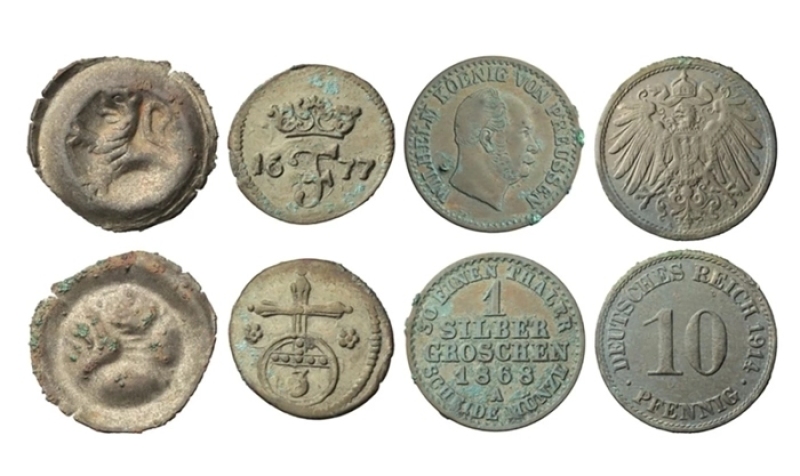
Renovations of a medieval church in Germany have led to the discovery of more than 1,000 artifacts, some of which date back to the church's founding in the 13th century.
Excavations at St. Mary's Church in Gardelegen began in June 2022 to install a new underfloor heating system. The excavation work continued until September 2023, covering an area of 145 square meters and reaching a depth of approximately 40 centimeters.
Among the findings, around 679 coins or coin fragments were uncovered beneath the church's old wooden floor. Additionally, a variety of other items were discovered, including dress pins, book clasps, ceramics, animal bones, glass shards, iron nails, traces of plants, tweezers, and beads.
Notably, an 8-centimeter bronze monkey figurine was also found in the nave of the church. The figurine depicts a monkey holding a horn to its lips, though experts are divided on whether the monkey is drinking from the horn or blowing a musical instrument.
Gardelegen is a historic town located in Saxony-Anhalt in northern Germany. Founded in the 10th century, the town features a hospital established in 1285 and is home to a Catholic church and three Evangelical churches.
The town has faced many tragedies throughout German history, experiencing turmoil during the Thirty Years War and suffering a stain on its reputation in World War II when the SS orchestrated the massacre of over 1,000 concentration camp prisoners near the area.



















